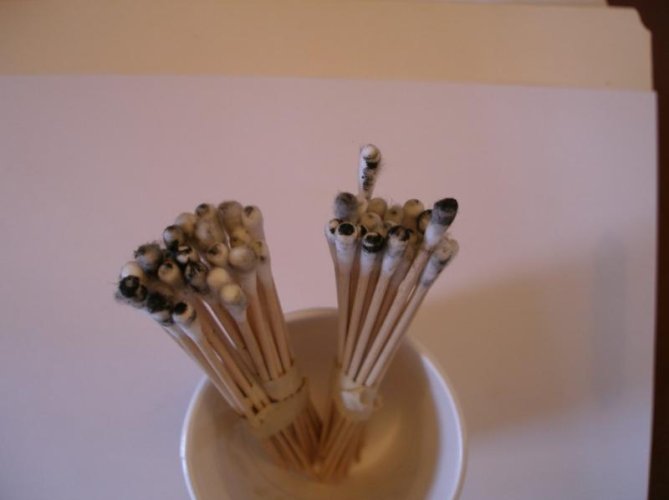aapasquale
aapasquale
I adjusted my valves and did a throttle sync for the first time with excellent results--my idle speed is sitting just under 1,000 rpm and I'd like to set it a little higher (say about 11-1200)--when your turn the brass screws on the throttle bodies when synchronizing counterclockwise, the idle speed should increase. Do you find that they must be turned a lot to make a small change in rpm's? I was a little leery about going too far on my first attempt, but I'm game for anything. Any thoughts?
Tony
Tony

